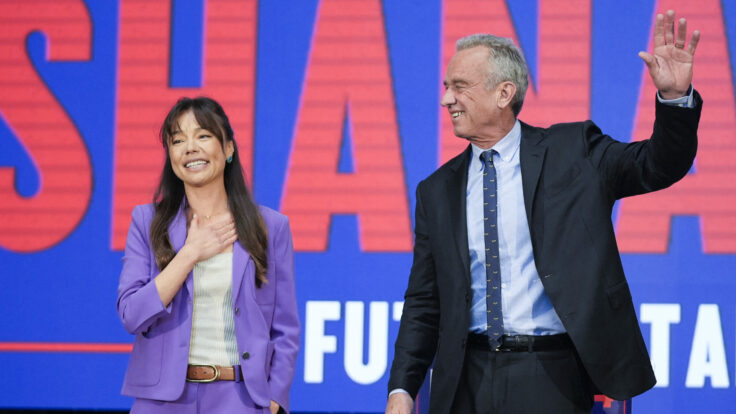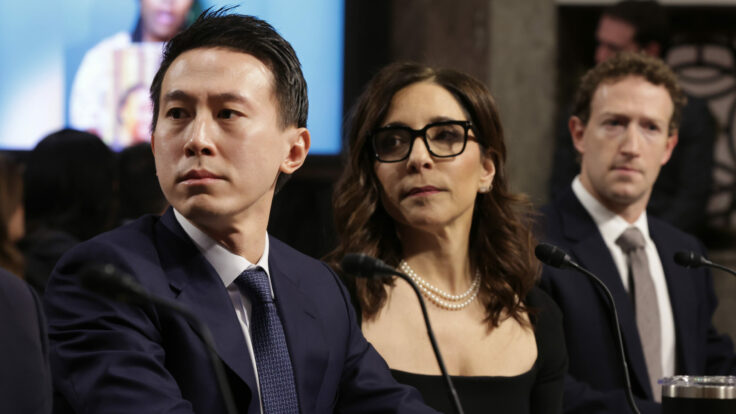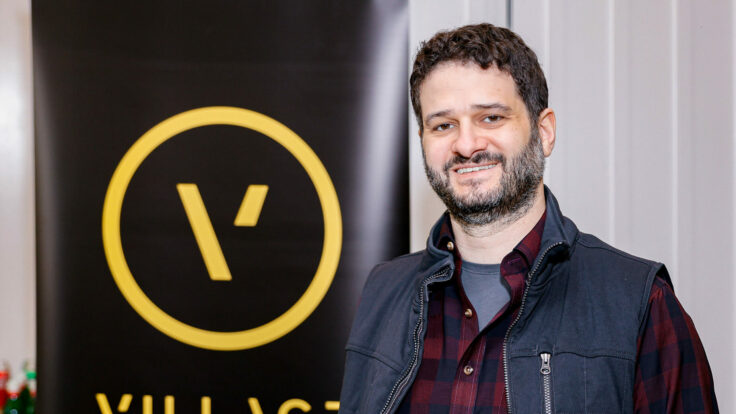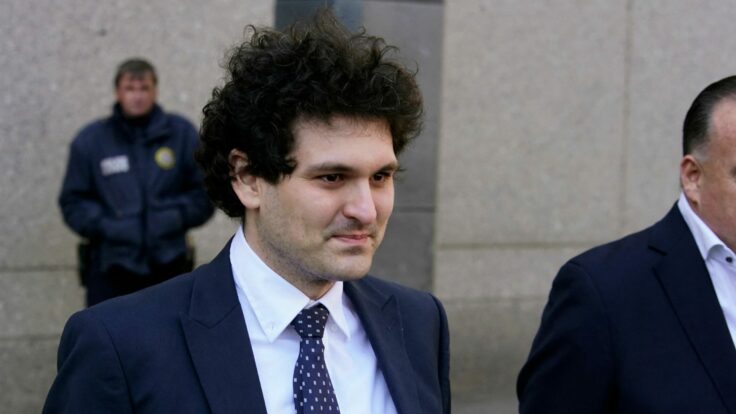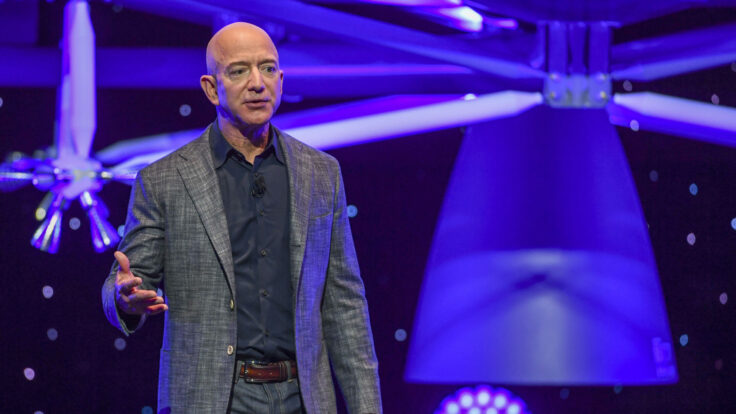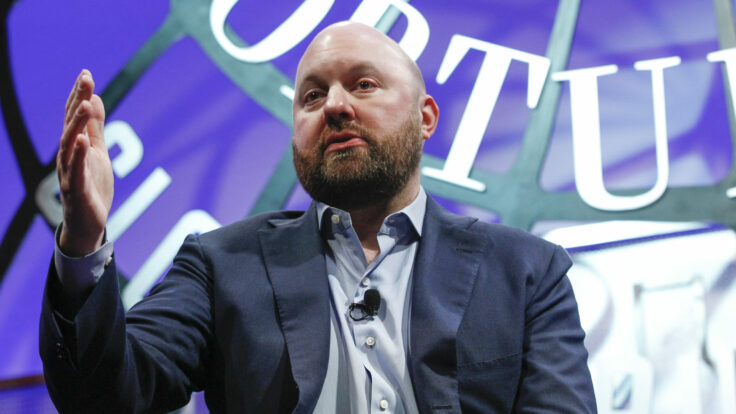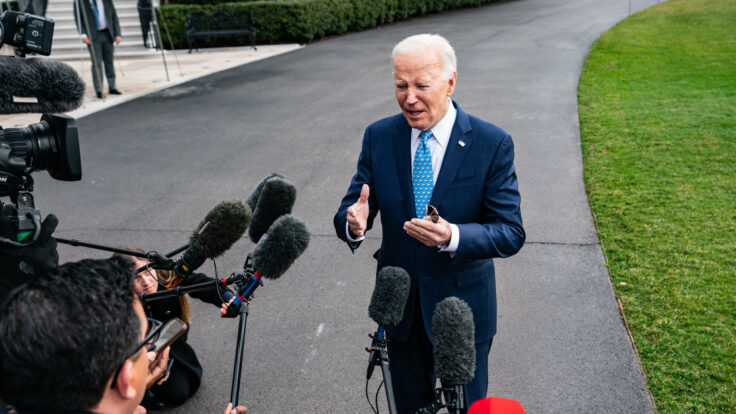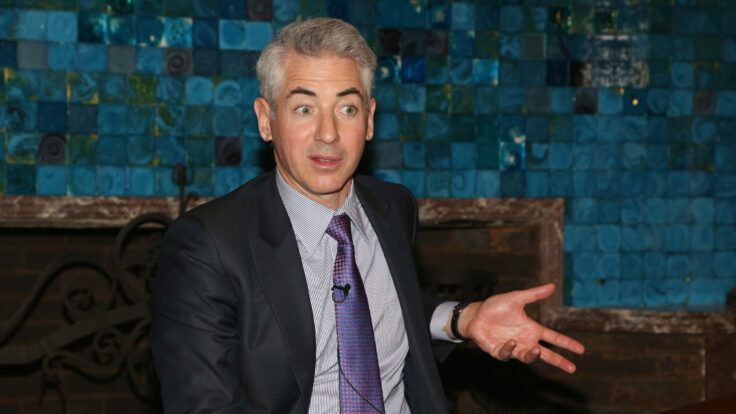On Friday night, Ron Conway found himself at dinner in San Francisco with Nancy Pelosi and Barack Obama, offering the two Democratic monarchs something of a tutorial on the sudden failure of Silicon Valley Bank. Sure, Conway was talking to Joe Biden’s former boss, and perhaps the most important lawmaker in America. But as the so-called Godfather of Silicon Valley who has worked in the industry longer than SVB has even existed, he understood the bank’s interconnectedness more intimately than anyone else—the manner in which the bank provided the liquidity for the broader tech economy.
The timing of the dinner was fortuitous, but hardly an accident. Since 24 hours prior, when he had last spent time with Obama, on stage at his venture capital firm’s own conference, Conway had been on a mission to leverage much of his reputational collateral to convince Washington policymakers that the bank wasn’t just a parking lot for the capital of the ultra-rich, but that a run on SVB would tear asunder the private tech economy and cascade into an economic disaster of generational proportions.
While other billionaires were espousing bromides and dark prophecies on Twitter, Conway was sticking to his craft, racing behind the scenes to manage the political narrative, which was oscillating between populist outrage against the tech industry and outright panic. As the broader public bickered over what would constitute a bailout, Conway, a political mega-connector with his own exposure to SVB, felt he was uniquely positioned to help foam the runway and ensure that depositors—startups, mature companies, V.C.s, etcetera—had a path toward liquidity.
Conway, of course, was as stunned by SVB’s implosion as the next billionaire, but he also does “love a crisis,” as one of his friends put it to me Monday. Like the bank, he somehow or other always finds himself in the middle of the action, and relishes the thrill of making things happen. A consummate insider who gave birth to the professional angel investing industry and then ushered in San Francisco’s love affair with tech in the easy money era, Conway’s career, like SVB, spans the modern history of Silicon Valley. The technology industry’s first modern seed-stage investor, Conway made historic bets in Google and Airbnb. But he grew over 50 years to become the tech industry’s de facto chief lobbyist, fashioning himself as a political macher and achieving true notoriety with equal parts honey and vinegar. He browbeats his friends and charms his enemies—not just because he enjoys politics, which he does, but because he was among the savviest to observe the interconnection between tech and public policy, and the obvious reality that Silicon Valley needed friends in high places.
That was no more evident than this past weekend. Six minutes after Wall Street closed on Friday, at 4:06 p.m. Eastern, Conway fired off what would be the first of many emails over the next 96 hours to about a dozen of his closest collaborators—journalist-turned-White House aide-turned-tech fixer Jay Carney, Google C.F.O. Ruth Porat, power V.C.s Marc Andreessen, Matt Cohler, Garry Tan, Paul Graham and others that he had admittedly chosen semi-randomly—that was headlined “EXTREMELY CONFIDENTIAL AND SENSITIVE.” He had just had a good call with Wally Adeyemo, the No. 2 at Treasury. But who could get to his boss, Janet Yellen? Who was an expert on Dodd-Frank? Did anyone have the phone number for the chair of the FDIC, Martin Gruenberg or Senator Ron Wyden? Let’s find a way to Schumer, too, but don’t worry about Pelosi, he told his inner circle—it just so happened he would be seeing her later that night for dinner. Oh yeah, and Obama, too.
A few hours later, Conway arrived for the pre-arranged meal, at a conference this time organized by Eric Holder and the National Democratic Redistricting Committee, with Pelosi and Obama. Conway has known the families for decades—he is widely expected to back Pelosi’s daughter, Christine, to succeed her mother for Congress—just like he knows, well, everyone. And on this particular night, I’m told, he leaned on their shared history to help save Silicon Valley Bank, which was the focus of the trio’s dinner conversation. “The magic of Ron is not his substantive knowledge of how Washington works,” said a friend of Conway, who was in close touch with him this weekend, admiringly. “It’s the brute pressure. It’s the volume.”
36 Hours to D-Day
Indeed, Conway’s strength is his pure work ethic. Sure, he has his idiosyncrasies as a tactician: He is a prolific emailer, often in ALL-CAPS and not-rarely including the wrong people in the To: or Cc: lines, the equivalent of digital butt-dials that nevertheless endears the 72-year-old to his younger peers, whether they read them or not. His detractors suggest that his quick-twitch emails and his restless motor, to say nothing of his penchant for publicity, are cute but mask the fact that his D.C. relationships are almost as old as he is; his last big D.C. effort, on the voting-rights bill, flopped. With his baritone voice, his love of gossip, and his hyper-connectedness, he conjures up the image of an old-school political boss—a caricature that first made San Francisco liberals seethe twelve years ago, and plays even worse today. But he has the loudest bullhorn and the best Rolodex, and knows how to use each.
And so for three straight days, Conway was essentially the leader of Silicon Valley’s official response to the fallout, having high-level conversations with political insiders that others in tech couldn’t match. As the weekend progressed, everyone from Bill Ackman to Gavin Newsom began to sound the alarm about a true banking crisis. Suffice it to say, Conway was not exactly on an island when the decision came down on Sunday evening to ensure the security of all deposits.
But some people involved in the broader advocacy effort argue that it was Conway who was the most active tech player in the weekend breakthrough. Many people played a role, of course, but few were brokering calls between business executives and Kamala Harris, or searching for a possible buyer for the bank, as I’m told he did. “Ron is uniquely positioned,” one person involved in the effort told me when I asked, with some skepticism, whether he was actually that special. “He could be on calls with leading V.C. folks. With prominent people from the banking world who could have stepped in. With U.S. Senators. With the House of Representatives. With high levels of White House and Treasury.”
There were other reasons for Conway to be involved: SV Angel, Conway’s firm, like almost every V.C., also had exposure to SVB, so he wasn’t doing this all out of the goodness of his heart. His firm itself was facing some risk. But Conway was one of the few people who could serve as a liaison to both power centers, explaining Silicon Valley to Washington and vice-versa. In the first 48 hours or so of his 96-hour effort, Conway and other tech leaders found themselves fantastically frustrated with the idea he encountered in Washington that this was a bank solely for the rich and powerful of Silicon Valley. I’m told that Conway, at one point, even ordered up a list of all the companies—including Bay Area winemakers and farms—that would have trouble meeting payroll if the situation wasn’t resolved by Monday.
Conway wasn’t the only tech leader influencing the dialogue via Caps Lock: Jason Calacanis and David Sacks were all over social media driving the dialogue. But while those two spread what Conway saw as counterproductive fear-mongering about financial contagion, the billionaire was trying to work on solutions. There were plenty of people tweeting their opinions, Conway thought, but few who could actually arm-twist policymakers. So as Conway rolled from call to call, he tried to talk people out of obsessing over whatever was happening on Twitter. On one call on Saturday evening, Conway swatted away a concern about what the Sacks-inflected tech minds were saying, informing his interlocutor that that’s not the agenda of the call and to please focus on the task at hand. The clock was ticking, he said.
Conway was particularly fixated on trying to get another bank to buy SVB—a rescue mission that some of Conway’s allies privately admit was a strategic distraction, and one that ultimately became unnecessary when the Treasury later announced that it would guarantee all of the bank’s deposits. For a period of some 48 hours over the weekend, however, it was not yet assured that Wall Street wouldn’t open to more bank runs on Monday. And so Conway cosplayed as an M&A guy, convening high-level talks with bank leaders that could have served as possible acquirers. On Saturday afternoon, he told his contacts that it was mission critical that a sale be arranged by midday Sunday. Midnight would be “D-Day,” he warned.
On Sunday morning, an acquisition looked unlikely, and Yellen had just gone on television and suggested that no bailout was in the offing. So Conway made one final plea, I’m told, calling Kamala Harris to register his displeasure and anxiety. Conway expressed to the vice president, with whom he goes back decades in San Francisco politics, his concern that the FDIC and the Treasury Department were putting up various blockers to solving the crisis.
Things moved very quickly on Sunday. “Quick update More optimism on buyer candidates Hoping Fed/Treasury provide guarntee for SVB deposits to bring confidence to the markets…….IE before Japan stock markets open,” he wrote on Sunday afternoon, typos included, to a massive (and now BCC’d) group that had expanded well beyond its initial dozen or so recipients. “Hoping for buyer announcement by midnight tonight.” That, of course, didn’t happen. A few hours later, Conway was relieved to find out that the U.S. government would be stepping in. “UPDATE The good news is the most impt the Fed will backstop deposits at SVB !!! This will restore confidence and contribute to orderly markets tomorrow,” he wrote with a link to the Fed’s announcement. “Not so good : none of the acquistion offers was workable at the moment so that is TBD…..All in all a good news ! There are many unsung hero’s who helped on this and you know who u are Thanks !”
The Counterfactual
Was Conway instrumental, or just omnipresent? Victory has many fathers, of course. The startup world’s response to the crisis was frenzied, and as could only be expected in real-time, disorganized. “Everybody was calling anybody that they knew,” one person involved in the response told me, arguing that Conway wasn’t special. “Any favor that you could call in, you were calling in.” Silicon Valley congressman Ro Khanna and his chief strategist Cooper Teboe had 600 or so startup folks on a three-hour town hall on Friday night; Khanna received much of the incoming from industry leaders before he called out Yellen in a Sunday morning television appearance.
Zack Rosen, a politically well-connected startup C.E.O., organized a rump caucus of 30 to 40 techies who distributed a five-page memo to congressional and administration leaders that was read widely at the staff level, arguing that an armageddon was coming if the bank wasn’t saved by Monday. I’m told by a source involved in the U.S. government response that Rosen’s group was influential. Garry Tan, the head of the startup accelerator Y Combinator and a Conway ally, gathered 5,000 signatures from affected companies to try to reframe the issue from being about Big Tech to being an “extinction-level event for startups.”
But even if Conway was only one loud and effective voice among many, few have the Rolodex and the pedigree and the pull that he commands. And in several ways, that speaks to the industry’s weakness at this moment. It is hard to know what would have happened if Conway had simply settled into his life of luxury, with his villa in Belvedere and his famous friends from Pharell to Laurene Powell Jobs. “The reason it was him is because if you look across Silicon Valley right now there aren’t just those experienced senior voices anymore—and a lot of the steady hands have retired or don’t want to be involved,” said a second Conway friend who was in close touch with him this weekend.
No one appointed Conway to be the quarterback of this effort, and there is a generation of tech C.E.Os including Rosen and Tan who appear ready to take the baton… eventually. In the meantime, there will be other political crises for Silicon Valley to navigate, and one has to wonder why it is always Conway who tries to take charge of the blocking-and-tackling. Is it because only Conway can—or because only Conway will?









